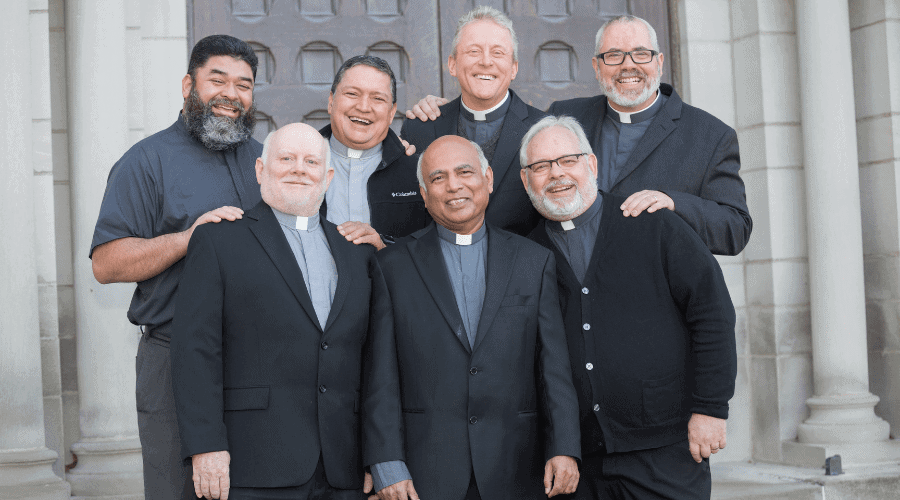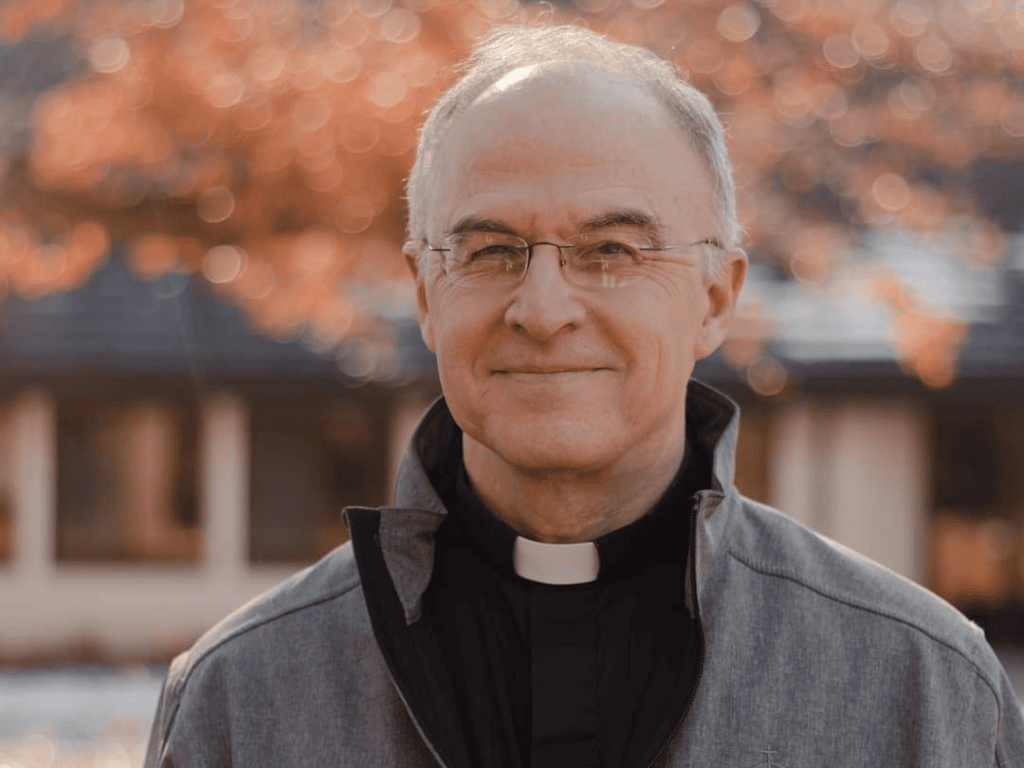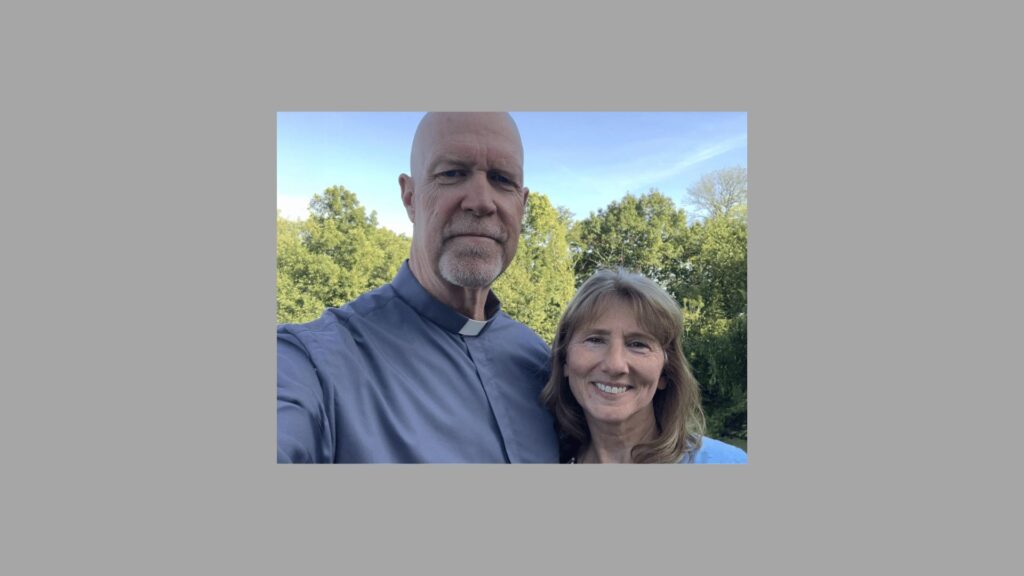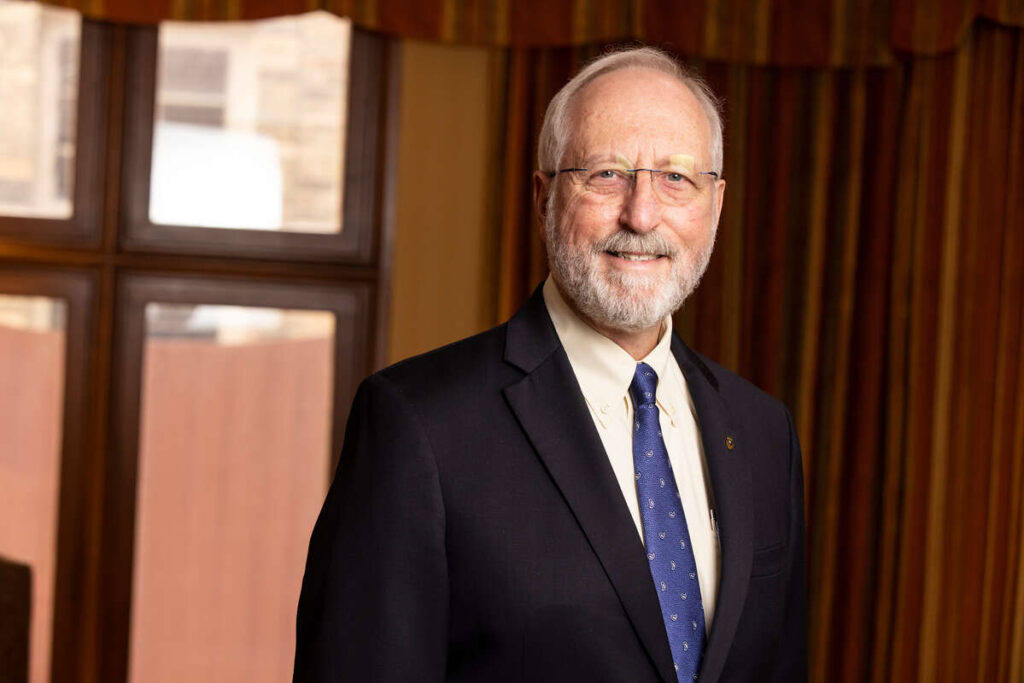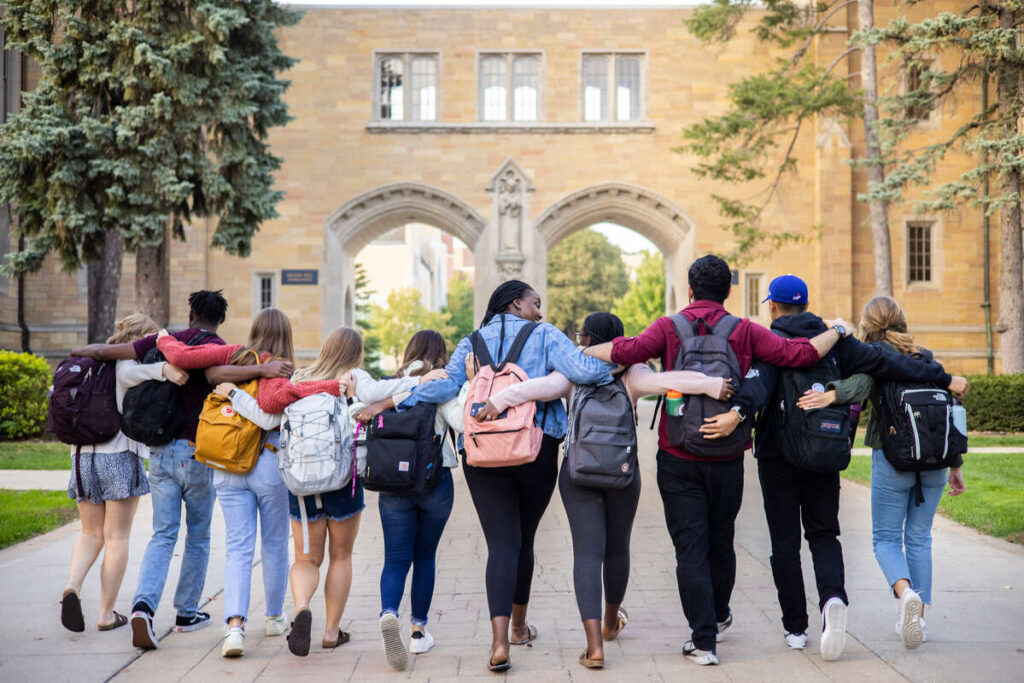Two of the most common questions we hear at The Saint Paul Seminary are:
- What is the difference between a permanent deacon and a transitional deacon?
- What does a deacon actually do?
So if you’ve ever wondered the above – or weren’t even aware there’s such a thing as a permanent deacon or a transitional deacon – you’re not alone. Here is an explainer on the diaconate, a crucial but often overlooked facet of the Catholic sacrament of holy orders.
First, an important distinction: What’s the difference between a transitional and permanent deacon?
Like many things in the Church, this is a question with both a simple answer and a more nuanced answer.
The simple answer: A transitional deacon is a man who’s on his way to be ordained to the priesthood. As a seminarian, he typically is ordained a deacon a year prior to being ordained to the priesthood.
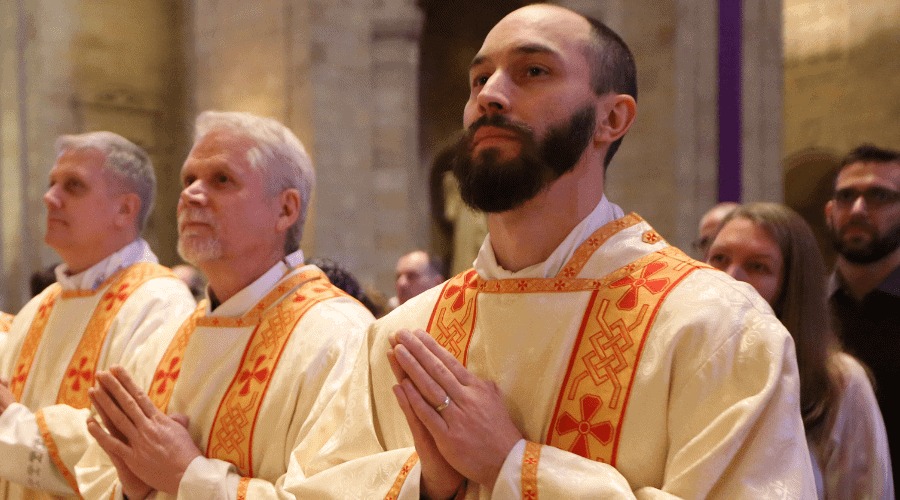
By contrast, a permanent deacon is a man who is not studying to be a priest, but is ordained to be a deacon permanently. Permanent deacons can be married, they may have families, and they often work a secular job in addition to their role as a member of the clergy.
But it raises another question with a more nuanced answer.
Why even have transitional deacons?
What’s the point?
If a man is making his way toward the priesthood, why must he be ordained a deacon first?
To answer this, we have to understand a little bit about the sacrament of holy orders, which has three degrees (think kind of like ranks in the Army or titles at your place of business): the diaconate, the priesthood and the bishops.
All three have been present since Jesus founded the Church. Each degree’s role and function has developed over time, but they’ve been all been present since the very beginning.
Bishops have been tasked with sanctifying, governing and teaching; they’re considered to have the “fullness” of holy orders. The priests participate in the bishops’ ministry of ruling and teaching and sanctifying. And so the both of them serve in persona Christi capitis, or in the person of Christ, the head.
Deacons, on the other hand, participate in their local bishop’s ministry, but they don’t serve as Christ the head. They serve in persona Christi servi, which means Christ the servant.
During the Second Vatican Council, the Church council fathers really recognized that we needed to find new ways to proclaim Christ to the world. As we continued to develop the strategy, there was something missing, what St. John Paul II called the Church’s service “sacramentalized.”
That is essentially the role of the diaconate.
So Pope Paul VI in 1967 reestablished the order of the diaconate as a permanent rank, precisely because there was this indelible character – a mark of service that the Church herself founded on Christ and by Christ is the servant in all that she does.
This is played out even as a man continues to work toward being ordained a priest or, eventually, becoming a bishop.
You’ll notice this clearly if you attend a solemn liturgy, such as a Chrism Mass.
The archbishop will wear a dalmatic, which is the vestment that the deacon wears, underneath the chasuble that, as a priest or a bishop, he wears at Mass. And this is to symbolize that once you’re ordained a deacon, you’re always a deacon. Always will be.
OK, so what does a deacon actually do?
The Church defines three main areas of service for the diaconate: ministry of the word, ministry of the liturgy and ministry of charity.
Ministry of the word: As Catholics, we believe that Christ Himself is the word of God and comes forth to proclaim the good news. The deacon is the herald of the Gospel, and you can see it at most Sunday Masses: The deacon is the one who proclaims the Gospel.
But it’s not just at Mass that deacons share the good news. A deacon is meant to proclaim the Gospel in every area of his life. All Christians are called to do the same, but deacons do it as part of the sacrament of holy orders.
Deacon Eric Cooley, Associate Director, Saint Paul Seminary Institute for Diaconate FormationThis is the sacrifice that’s being offered by the high priest, Christ himself, in the person of the priest, but it is also the ultimate act of service to the Father, and we see this sacramentalized in the person of the deacon.”
Ministry of the liturgy: Besides reading the Gospel, a deacon’s assistance at Mass is perhaps the most visible sign of his ministry you’re used to seeing on a regular basis.
But permanent deacons also can baptize, witness marriages and preside at funeral services. In the U.S., deacons often conduct word-and-communion services for the homebound or elderly.
“One of my favorite aspects of this is at the end of the Eucharistic Prayer where we have the doxology,” said Deacon Eric Cooley, associate director of The Saint Paul Seminary Institute for Diaconate Formation. “If there’s a deacon at Mass, he holds the chalice while the priest holds the host, as he says the doxology. And this is a beautiful example of how, yes, this is the service, or this is the sacrifice that’s being offered by the high priest, Christ himself, in the person of the priest, but it is also the ultimate act of service to the Father, and we see this sacramentalized in the person of the deacon.”
Ministry of charity: The Eucharist is the source and summit of our faith, but we’re not meant to stay inside the walls of the Church 24/7. The deacon says at the end of the liturgy to “go forth, the Mass has ended.”
Deacons go forth as a servant of Christ to bring charity to the world, each in his own unique way.
Some take part in prison ministry. Others visit the sick in hospitals. Others do different pastoral works within the community of the parish to which they’re assigned.
“This is why you see the deacon as the one that leads the Universal Prayer, gives the intercessions,” Cooley says. “He’s the one that says, ‘These are the needs of the community. Let’s bring them to the Lord.’ And so we see this, again, this ministry of service through these three different ways.”
Editor's Note: A version of this story originally ran on The Saint Paul Seminary website, which is located at the University of St. Thomas.
